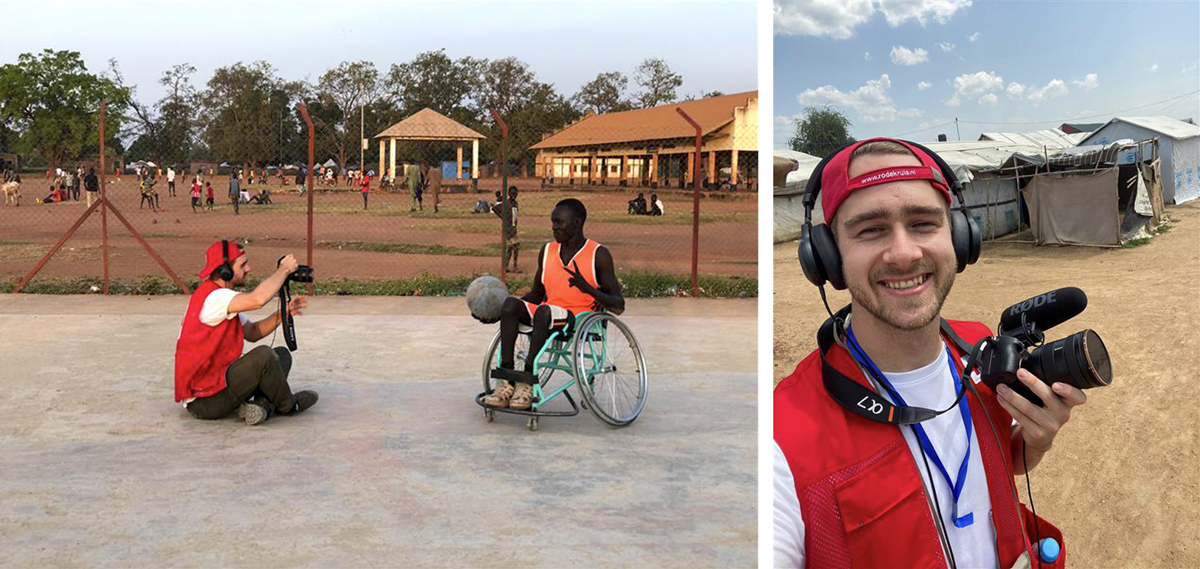Images bring far removed events closer
That refugee could well have been a friend of mine
Read articleReading time 5 minutes
IMAGES BRING FAR REMOVED EVENTS CLOSER
That refugee could well have been a friend of mine
South Sudan, Ukraine, Syria - many humanitarian disasters take place far from our living rooms. How do you keep people concerned and ensure they continue to support the work of the Red Cross? Video editor Joost André travels to the most intense areas for the Red Cross.
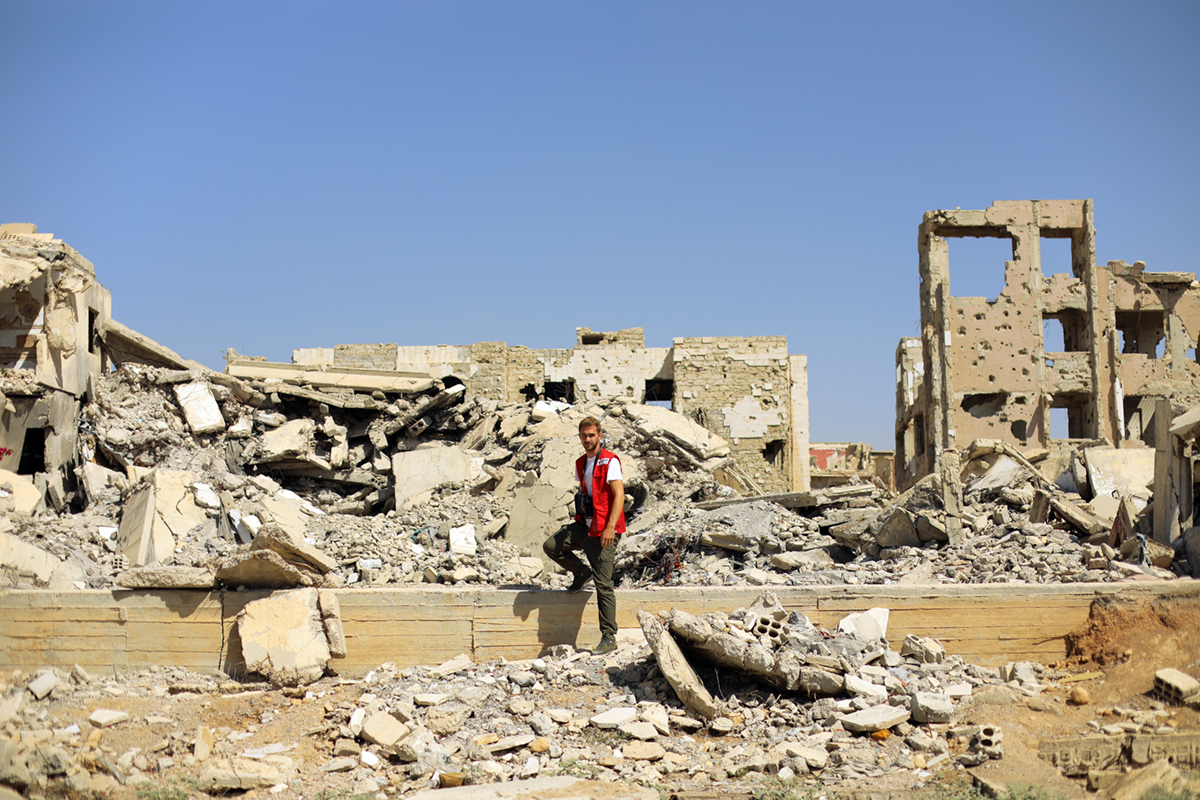
Sometimes he gets a phone call on Thursday and is on a plane the very next day in response to a humanitarian disaster taking place. Joost André (26) has already experienced it a few times. Earlier this year, for instance, he visited Poland and Ukraine more recently, where he travelled with director Marieke van Schaik. These are moments he has to shifting gears quickly. "Then I cancel my birthday party and leave for a war zone. I immediately throw everything overboard, start reading up on the place and situation and pack my belongings. After a call like that, you step into a rollercoaster and only two weeks later are you standing still again," Joost says. It is also shifting gears for those around him. "My girlfriend and family support me. But when my mother carefully asks me where I’m going next, I notice that she’s a little nervous."
Telling a story better
He’s happy to do this. "By travelling to such a place, we are able to tell the story more effectively. In the Netherlands, we often live in our own bubble. The Red Cross is very big. It is good to show how important our aid organisation's work is for the world; it is sometimes it is about life or death. It is sometimes hard for us to imagine that from here," Joost explains.
When in a disaster zone, he feels people's emotion and despair. "That’s what I want to convey in my reports. It is an extra motivation to tell the story with images as well as possible. By showing what is happening, I hope here we can make a difference for the Red Cross there."
"You get on a rollercoaster and only stop two weeks later”
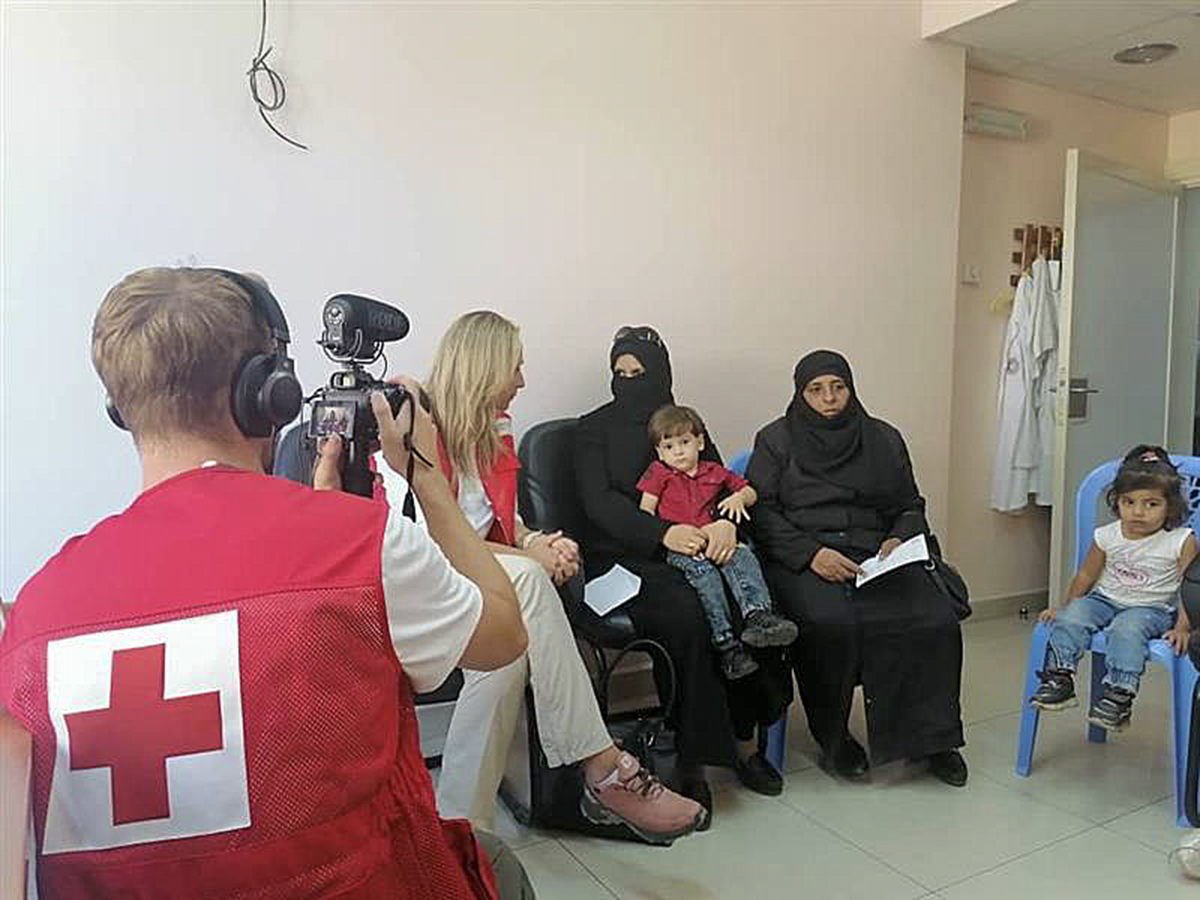
Distraught Ukrainians
He reported on the hundreds of thousands of refugees in and outside Ukraine, for whom a major nationwide fundraising campaign was held earlier this year. Instead of celebrating his birthday on 9 April, Joost stood at a train station in Poland on the border with Ukraine to take video footage. The war had just started, there were crying and screaming people everywhere, tired and hungry. Many had spent three days on a train without electricity or toilets before being taken in by aid organisations like the Red Cross. All those distraught people made a big impression on him. "South Sudan was very intense, but I was not at all prepared for the situation at the Polish border. I felt total despair. Those people had no idea what had happened to them or what had happened. Nobody had seen it coming."
Time to prepare
Not every trip is ad hoc. Sometimes Joost gets to plan a trip well in advance. He then has a lot of contact with the Red Cross team on site and makes extensive planning together with colleagues there. In that case, he has time to prepare. Besides reading up on the place and situation and arranging documents, he collects the necessary items to take with him. For instance, remedies against mosquitoes, diarrhoea and car sickness and lots of packs of granola bars. "You don't always have breakfast, lunch or dinner on hand there. There are days when you don't get back to the hotel until very late; I'm then happy if I can have one of those bars."
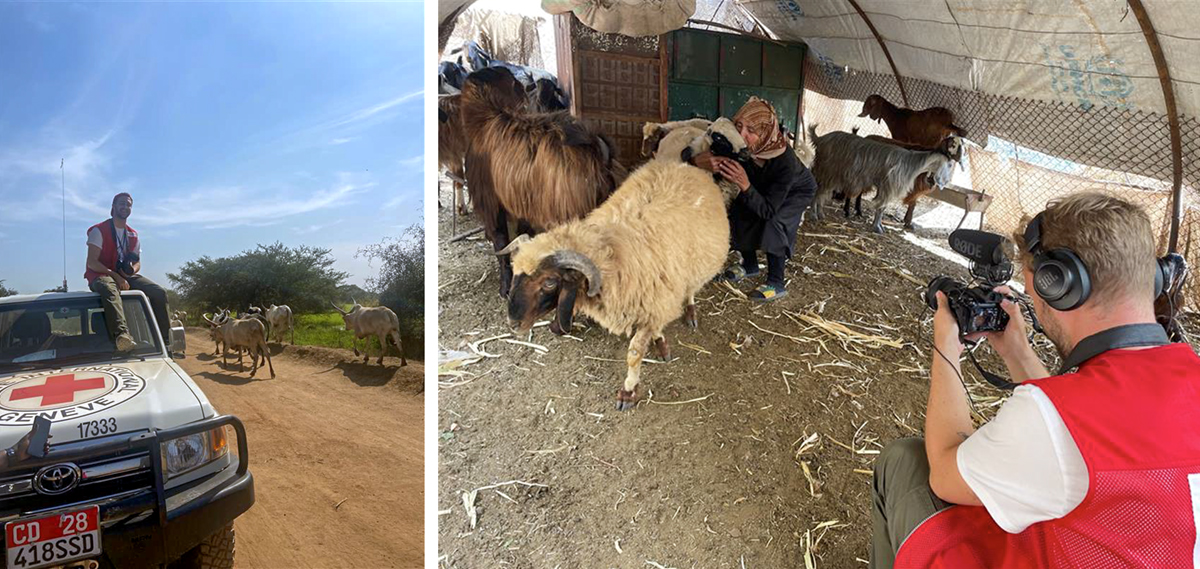
Eliminating stigma
Although the journeys have a lot of impact, Joost would not have wanted to miss anything. "In South Sudan, I was suddenly in the middle of an operating theatre where there was a boy my age who had been shot. He was missing a leg. That’s very drastic. At the same time, it also shows the situation as it is. We are there for a reason: to offer help."
He tries to focus on the good things. "Despite all the difficult circumstances, there is also hope. People are not just pitiful, they also have hopes and dreams. Someone might be living in a war but also wants to become a professional basketball player. I always look for a balance. I want to remove the stigma of the sad, pitiful refugee in need and show what it's really like. In a different circumstance, someone could have been a friend of mine."
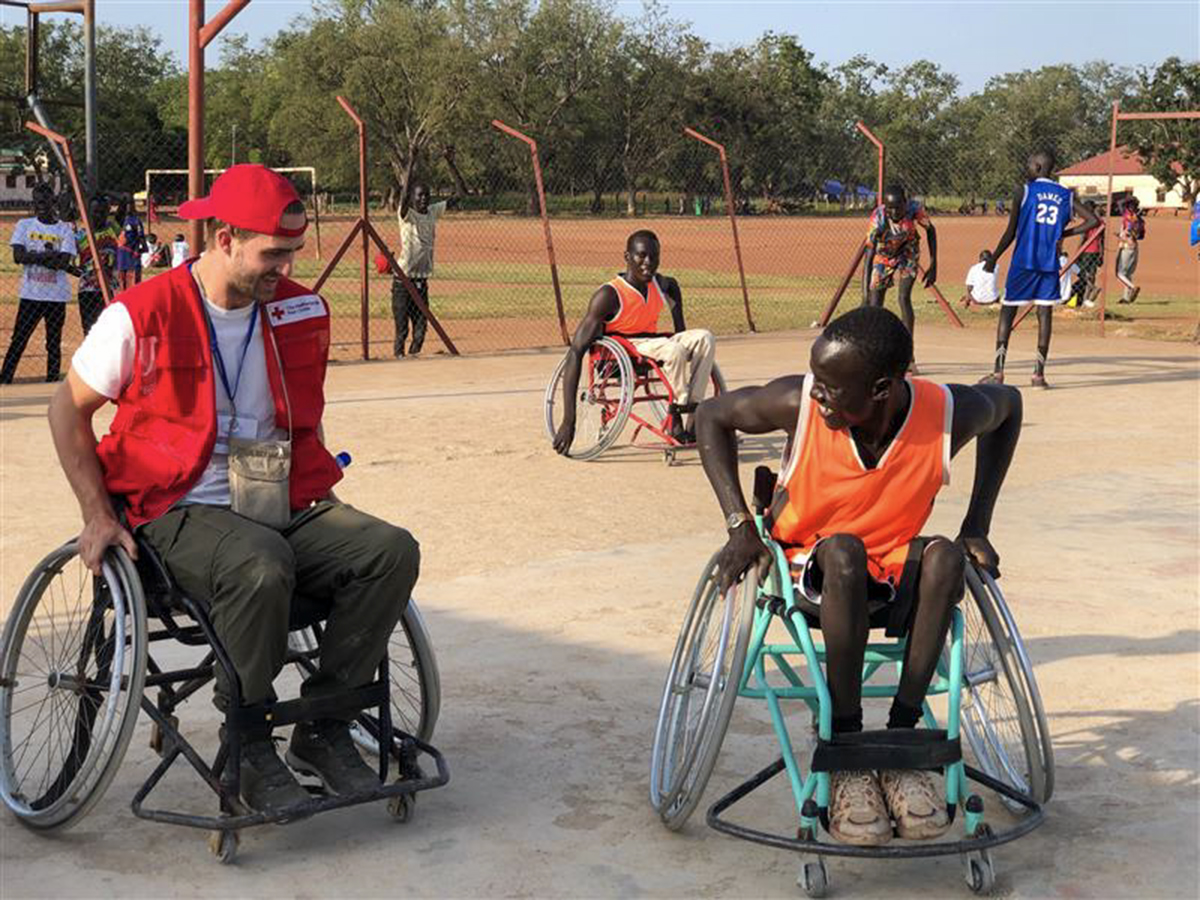
Social media reactions
When Joost gets home, the work is far from finished. "Following is the process of quickly editing and uploading the footage online. After that, I consciously take a step back. Editing so many impressive images sometimes feels like childbirth. People have no idea what you are experiencing until they see where you have been. Often, after returning, acquaintances ask how it was. 'Ask again in a fortnight,' I then say. I first need some time to take it all in myself."
Joost is always curious about other people’s reactions. The nicest ones are those from people he doesn't expect. Although it's also quite complicated on social media. "I also read comments that I find harder to read. People sometimes say that all this help is not necessary. I’d like to take the biggest critics with me on one of my trips. I think then they would never look at a refugee the same way again."

Resilience
What sticks with him most personally is people's resilience. "That amazes me every time. I know peers who have lived in a conflict zone for 11 years, but walk around with a smile and make the best of it, under any circumstance. You learn to see things in a different perspective. Every person has their own problems. You can then complain or try to make something of it. The trips are overwhelming, but the people are a hundred times more impressive."
